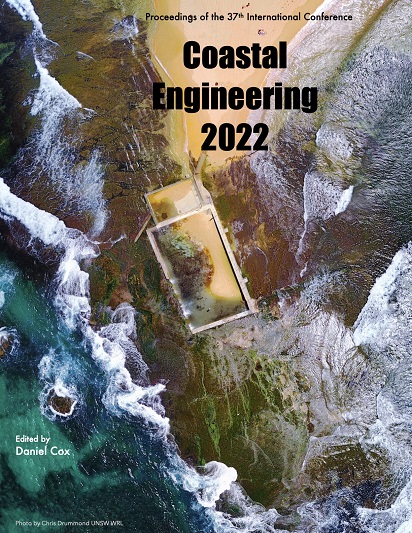Abstract
Sea level rise will significantly increase the need for building and upgrading coastal protection such as artificial coastal dunes or berms (Wong et al., 2014). Human constructed dunes are frequently deployed to limit wave runup and overtopping and mitigate damage from flooding events (e.g., Gallien et al., 2015). Although dune erosion modeling and validation on storm surge dominated beaches is common in the literature, only limited work considers energetic long period swell conditions typical of coastal California. In this study three morphological models are used to simulate dune erosion response to long period swell and compared to high resolution in-situ hydromorphological field observations.References
Gallien, O’Reilly, Flick, Guza (2015): Geometric properties of anthropogenic flood control berms on southern California beaches. Ocean & Coastal Management 105, 37-45.
Kalligeris, Smit, Ludka, Guza, Gallien (2020): Calibration and assessment of process-based numerical models for beach profile evolution in southern California. Coastal Eng., 158, 103650.
Wong, Losada, Gattuso, Hinkel, Khattabi, McInnes, Saito, Sallenger (2014): Coastal systems and low-lying areas. Climate Change 2014: Impacts, Adaptation, and Vulnerability. Part A: Global and Sectoral Aspects. Contribution of Working Group II to the Fifth Assessment Report of the Intergovernmental Panel on Climate Change, 2104, 361-409.

This work is licensed under a Creative Commons Attribution 4.0 International License.
Copyright (c) 2023 Maria A. Winters, Michael A. Angelis, Jr., Timu W. Gallien

